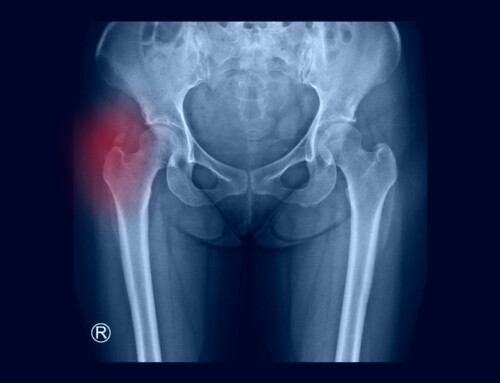Written by: Tyler S. Rosenberg, SPT
Do you have Thoracic Outlet Syndrome (TOS) and require treatment?
What is thoracic outlet syndrome TOS?
TOS can be described as a series of neurological and vascular structures that are potentially being compressed through specific structures in the neck or chest.
Causes of TOS
- Anatomical defect: Extra rib the in bottom of the neck, known as a ‘cervical rib’
- Poor posture: Impairments in head position/forward head, rounded shoulders, tight pectoral muscles, and weak muscles in the trunk or shoulder blade region
- Trauma
- Repetitive activities: overhead activities, and activities that involve poor posture
- Excessive pressure on joints: carrying an oversized backpack and obesity
- Pregnancy: due to the laxity of joints placing compression of neurovascular structures
Are you a Releaser or Compressor?
- Compressors: symptoms typically present during overhead activities/jobs, and individuals do not wake up from paresthesia unless the arm is elevated overhead.
- Releaser: These individuals typically present symptoms at night and these individuals typically present with poor posture, higher BMI, and heavy arms.
Typical Symptoms Associated with TOS
- Muscle shrinking in the thumb region or hand
- Numbness and tingling around the pinky and ring fingers, but may be pronounced throughout the hand
- Numbness and tingling present at night or during daily activities
- Vague pain can occur in the neck, shoulder, elbow, and/or hand
- Arm/hand weakness noted when the arm is raised overhead
- Weakened grip
- Weak or diminished pulse in the affected extremity
Treatment Options:
Physical Therapy
Physical Therapy Assessment of TOS:
- Goal of a physical therapist prior to making a diagnosis of TOS is to rule out other causes of neurologic symptoms, like screening the neck
- Physical Therapists may use a series of tests to determine the exact cause and location of the problem
Physical Therapy treatment of Thoracic Outlet Syndrome:
- Joint mobilizations of the shoulder, clavicle, scapula, and ribs
- Instructing the patient on proper breathing techniques
- Stretching of tight muscles that may be leading to the problem
- Mobilization to the nerve tissue
- Postural education/recognition and exercise
- Rocktape and kinesiotape
Surgery is necessary in some cases if there is an abnormality present, or if someone is not improving with more conservative care. In most cases, physical therapy is the first treatment option.
Thoracic Outlet Syndrome (TOS) is just one condition that Capital Area PT therapists can provide assessment and treatment for! For additional information, contact our physical therapy clinics in Malta – Saratoga Springs at 518-289-5242 , or Queensbury – Glens Falls at 518-289-5242.






